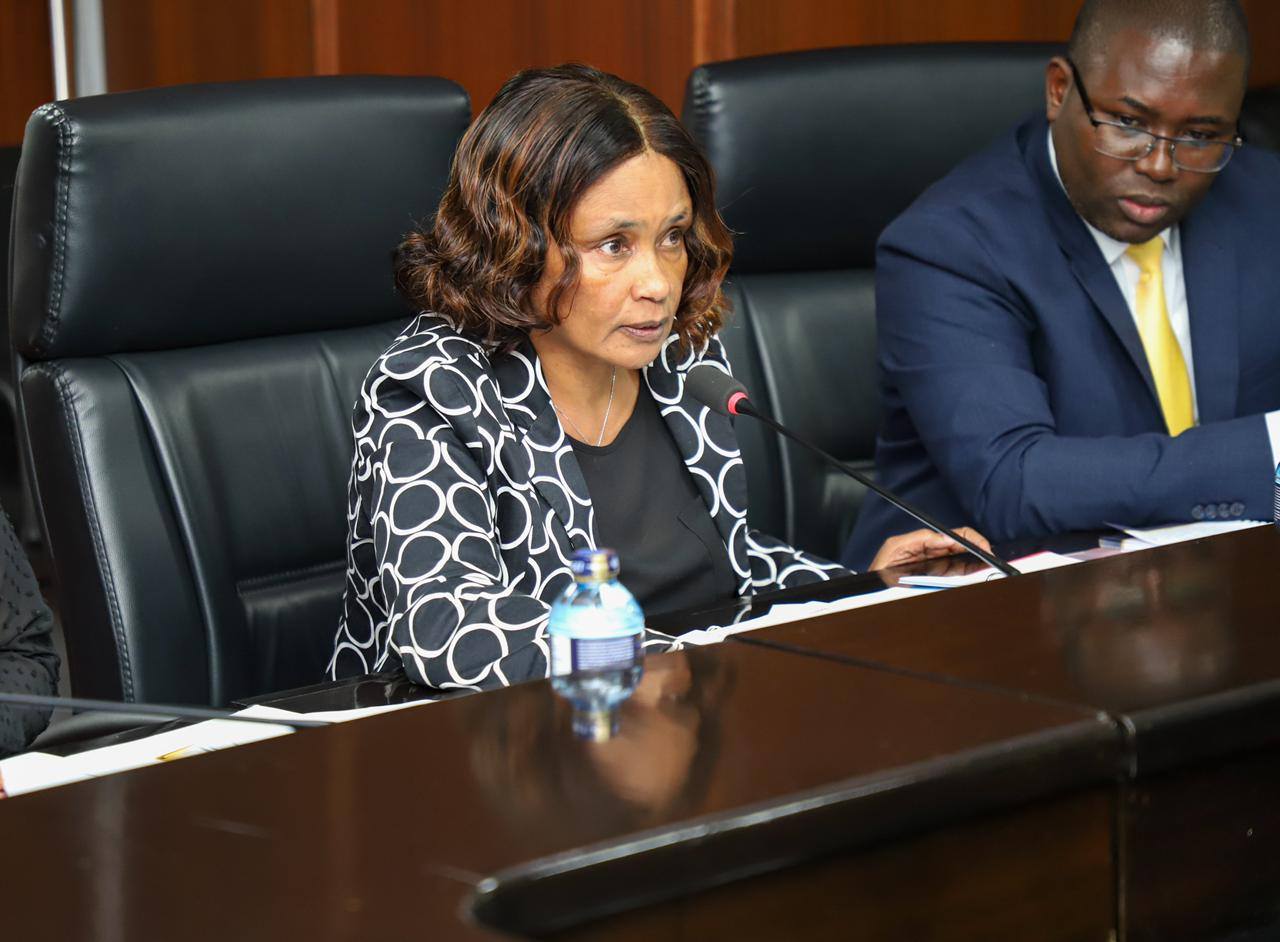-
Back
- Blog
- Browse Blogs
- Blog Post
- Get In Touch
-
Explore
- Sign up
- Login
Blog Inquiry

Breaking Barriers: How Kenya’s New Teacher Recruitment Policy Gives Older Educators a Second Chance
25 Jun 2025 NewsA Teacher’s Unfinished Dream
Thousands of qualified Kenyan educators above 45 have been locked out of TSC teacher recruitment due to an age cap that, until recently, seemed immovable. But a landmark court ruling in 2020—and its recent reinforcement by the Teachers Service Commission (TSC) acting CEO Ms. Evaleen Mitei—has rewritten the rules. Now, teachers up to 59 years and 11 months are eligible for employment.
This shift is more than a policy tweak—it’s a lifeline for experienced educators and a critical step in addressing Kenya’s teacher shortage. But how did we get here? And what does this mean for schools, learners, and the future of education in Kenya?
A New Chapter for Experienced Educators
In a recent parliamentary session, Narok County MP Hon. Rebecca Tonkei pressed the TSC for answers: “Do you have the data of teachers over 45 who haven’t been employed? Find a way to hire them.” Her question echoed frustrations felt across the country—why were seasoned professionals being sidelined?
Ms. Mitei’s response was clear: The 45-year age cap no longer exists. A 2020 court ruling had declared it unconstitutional, and since 2021, the TSC has been legally required to consider applicants up to retirement age.
This reform didn’t come easily. For years, older teachers—many with decades of untapped expertise—were excluded from TSC teacher recruitment drives, forcing them into underpaid private schools or leaving the profession entirely. Now, the commission has committed to mining data on unemployed teachers above 45, signaling a long-overdue correction.
Justice for the Forgotten Teachers
Imagine a 50-year-old primary school teacher in Kakamega—trained, qualified, but unemployed because she missed the age cutoff by five years. She watches as newly graduated teachers, some half her age, take up positions she could most definetly fill.
This was the reality for many teachers before the policy shift. The removal of the age barrier isn’t just about fairness—it’s about recognizing that older teachers bring stability, mentorship, and deep experience to classrooms.
Teacher Shortages and the Big Picture
While the age reform is a victory, it’s only one piece of the puzzle. TSC CEO Nancy Macharia has repeatedly emphasized the staggering teacher shortage in Kenya:
- Junior Secondary Schools (JSS): Shortage of 72,442 teachers
- Secondary (8-4-4 system): Shortage of 26,039 teachers
To bridge this gap, the TSC needs Ksh. 70 billion—a figure that underscores the scale of the crisis. Without it, thousands of schools will continue operating with overcrowded classrooms and overworked staff. Yet progress is being made. Since 2022, the TSC has recruited 68,313 teachers for JSS, with plans to hire 24,000 more by December 2025. Additionally, 20,000 intern teachers will be confirmed to permanent and pensionable terms, offering much-needed job security.
The Path to Permanent Employment for Interns
Intern teachers have long been the backbone of Kenya’s education system—often working for months (or years) on temporary contracts with no benefits. The confirmation of 20,000 interns to permanent roles is a milestone in restoring dignity to the profession. This transition isn’t just about salaries—it’s about valuing educators as long-term professionals, not stopgap solutions.
Ethnicity, Equity, and Teacher Distribution
The TSC’s recruitment data reveals another layer of complexity: How evenly are teachers distributed across communities? Recent figures show: Kalenjin: 10,769 teachers, Luhya: 10,466, Kamba: 9,557, Kikuyu: 8,799 and Luo: 8,721. While these numbers reflect Kenya’s diverse demographics, they also raise questions about regional equity. Are some counties being left behind? The TSC maintains that recruitment prioritizes merit and local retention—teachers are first deployed within their home counties, where possible.
Political Interference or Public Trust?
A contentious issue emerged when senators questioned why politicians were allegedly issuing teacher recruitment letters at funerals. TSC CEO Macharia denied institutional involvement but acknowledged media reports of such incidents. This scenario highlights a broader tension: Are recruitment processes truly transparent? While the TSC insists on strict adherence to policy, public skepticism remains. Strengthening oversight—perhaps through digital tracking—could help rebuild trust.
A Transparent, County-Based Process
The TSC’s recruitment model is designed to be decentralized and fair:
- County-based prioritization: Teachers are first considered for vacancies in their home counties.
- Public shortlisting: Lists of successful applicants are published in the public domain.
- Online applications: Reducing paperwork and potential manipulation.
Digital Innovation & Policy Reforms for the Future
Kenya’s education reforms must go beyond age limits and hiring numbers. Digital tools can revolutionize the management, tracking, and auditing of teacher recruitment.
Imagine a system where:
- School heads log staffing gaps in real-time.
- County education boards verify needs transparently.
- Teachers receive updates on vacancies via SMS.
Call to Reflection and Action
Kenya’s classrooms need more than just teachers—they need experienced, passionate educators, whether they’re 25 or 55. The removal of the age cap is a step toward justice, but the work isn’t done. To policymakers: Allocate the Sh70 billion needed to hire every missing teacher. To the TSC: Strengthen transparency—publish real-time recruitment data. To schools and parents: Advocate for fair hiring practices, support intern teachers, and value their experience.









